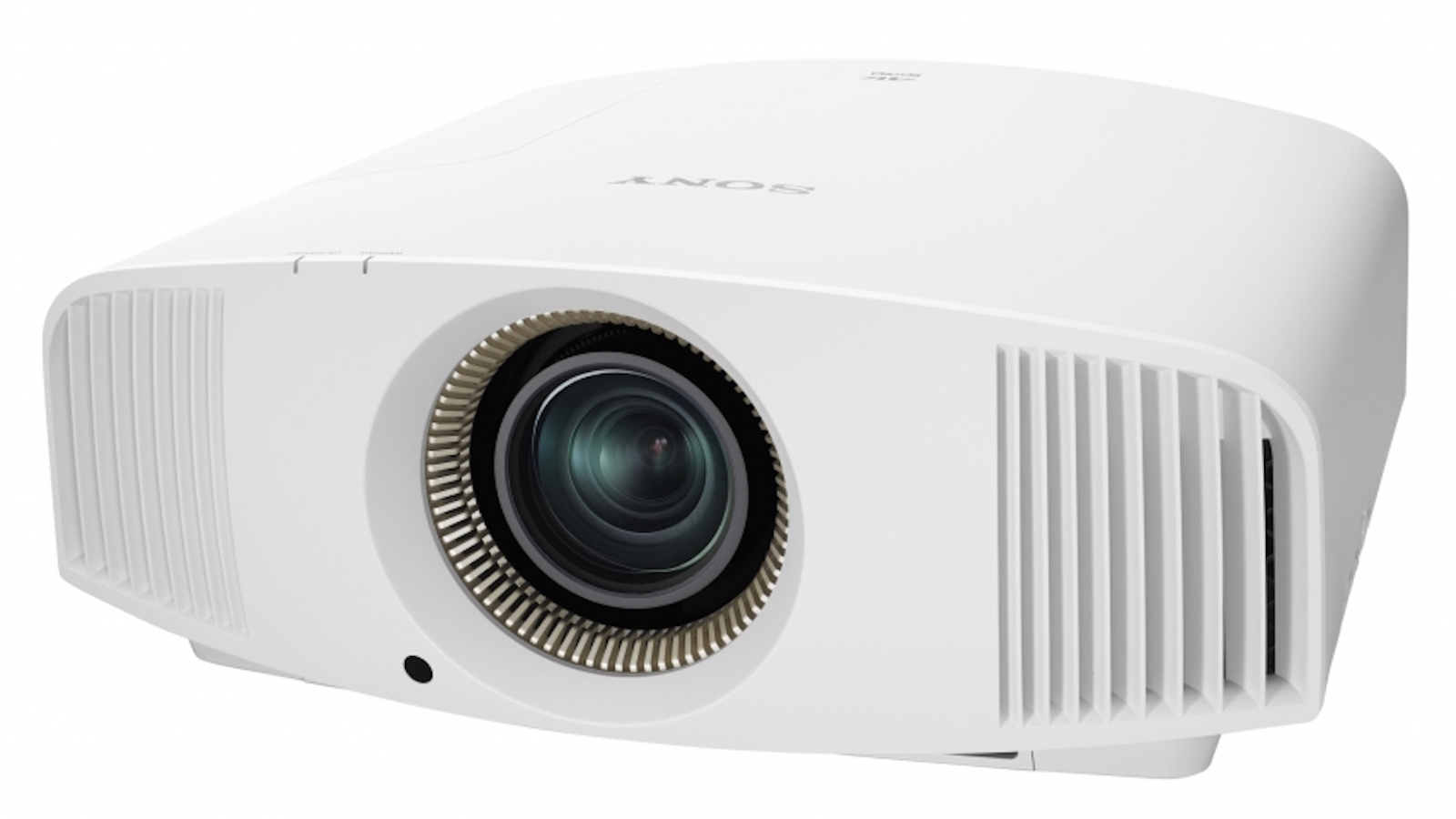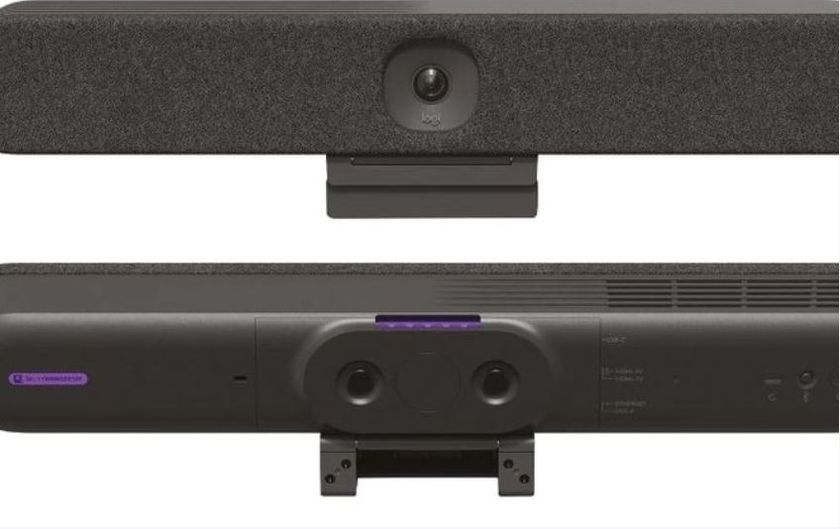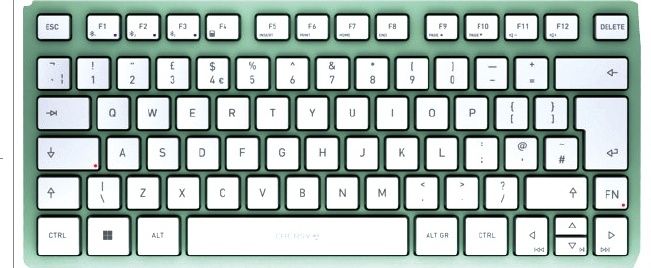TechRadar Verdict
Not content with being the only projector manufacturer to do true 4K resolution, Sony has also become the first home cinema projector maker to support high dynamic range playback. If you want the full 4K HDR home cinema experience, and can stomach the nigh-on £9K price tag, then this is the pinnacle of home beamer brilliance.
Pros
- +
Spectacular picture quality
- +
Uniquely future proofed
- +
Quiet 'Eco' lamp setting
- +
Effective picture presets
Cons
- -
HDR success only partial
- -
No 3D glasses included
- -
Expensive versus its predecessor
- -
Occasional convergence issues
Why you can trust TechRadar
While 2016 is set to finally usher in some long-awaited competition from new 4K DLP projectors, right now Sony is the only brand offering true 4K UHD projection for the home.
The latest of these Sony 4K models is the £8,800 VW520ES - but in this case the native 4K resolution is far from its only claim to picture quality fame. It also happens to be the first projector for the home capable of supporting the new high dynamic range (HDR) picture technology set to take the high-end AV world by storm in 2016.
In case you're not familiar with HDR, it's a picture technology that lets you enjoy a much wider brightness range than you get with the standard dynamic range home entertainment products we've been working with previously.
This makes images look more detailed in dark areas, more contrasty, and more punchy - especially as wider colour gamuts are also built in with the latest HDR specifications.
Design and connectivity
While the home for all this cutting-edge Sony tech isn't catwalk pretty, its vaguely elliptical sculpting, matt black (white is also available) finish and large, gold-accented lens surround give it an authoritative yet still attractive overall presence.
Not that you'll be looking at it much, of course; your eyes will be locked on the pictures it's producing on the other side of the room.
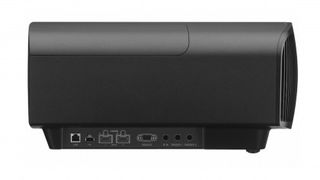
Connectivity is broadly in line with expectations, and includes two HDMIs, two 12V trigger outputs, an RS232 port to support integration into a home control system, and a LAN port to support network service updates.
The HDMIs are capable of playing 4K at 50/60 frames a second and supporting HDR - though there is a limitation. For while they support 10-bit colour performance with 24 frames a second 4K source material, this drops to 8-bit if you feed in 50/60Hz 4K source material.
One other little quirk of the VW520ES's specification is that its native resolution is actually 4096 x 2160 rather than the usual 3840 x 2160 found with 4K TVs. True cinema 4K, in the DCI standard, in other words!
This won't have any practical effect on your viewing, though, other than you seeing small bars above and below native 16:9 content.
Having mentioned aspect ratios, the VW520ES carries a lens memory feature so that it can adapt to different aspect ratios without the need for an external anamorphic lens system.
Other key specifications include a claimed contrast ratio - delivered via a dynamic iris/lamp system rather than natively - of 300,000:1, while brightness sneaks up 100 lumens versus the VW500ES to 1800 Lumens.
Sony won't be drawn on how much of the HDR-related Digital Cinema Initiative (DCI) P3 colour spectrum the VW520ES covers, but the 10-bit colour support with 24p content should aid its HDR claims - so long as 1800 Lumens proves enough to unlock HDR's potential.
One last feature of the VW520ES to mention is that it supports 3D playback - though disappointingly for such an expensive projector, you don't get any free 3D glasses.
John has been writing about home entertainment technology for more than two decades - an especially impressive feat considering he still claims to only be 35 years old (yeah, right). In that time he’s reviewed hundreds if not thousands of TVs, projectors and speakers, and spent frankly far too long sitting by himself in a dark room.
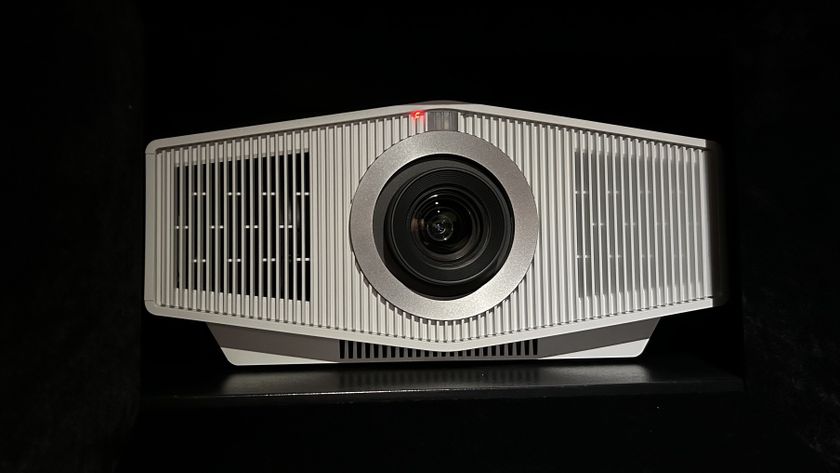
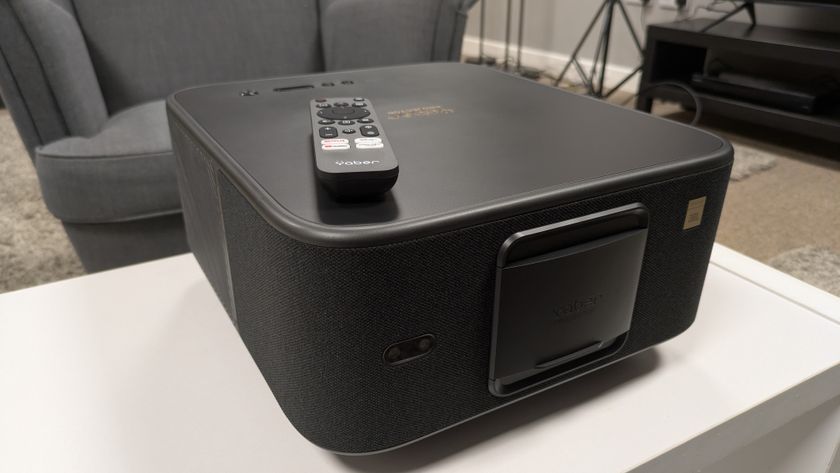
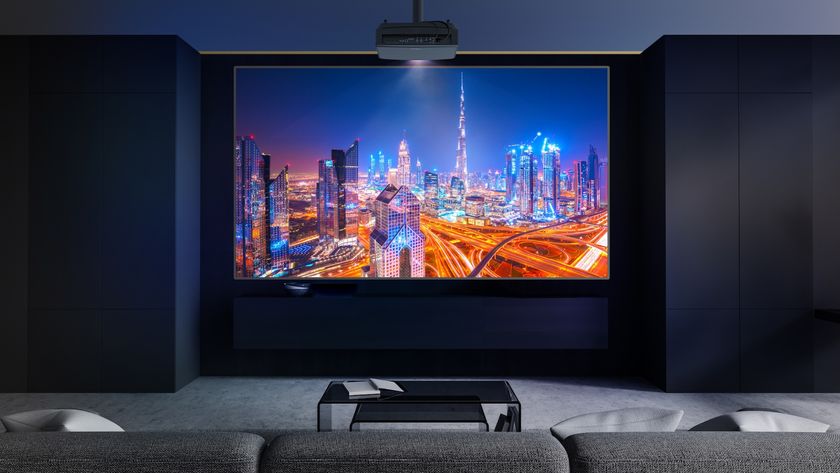
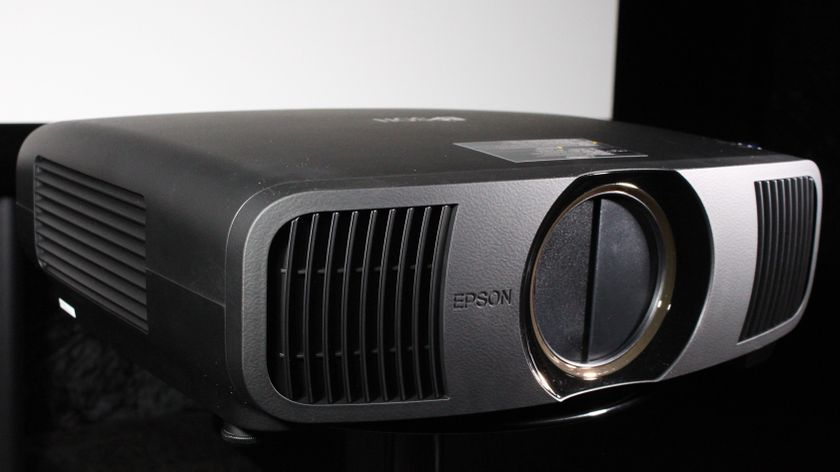
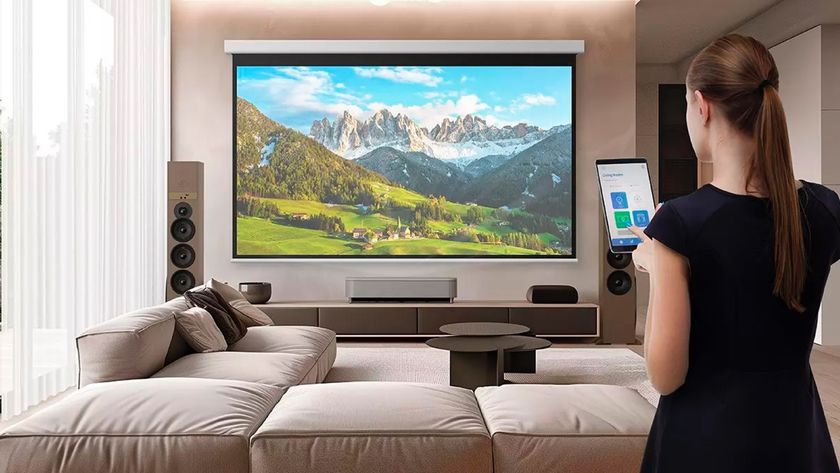
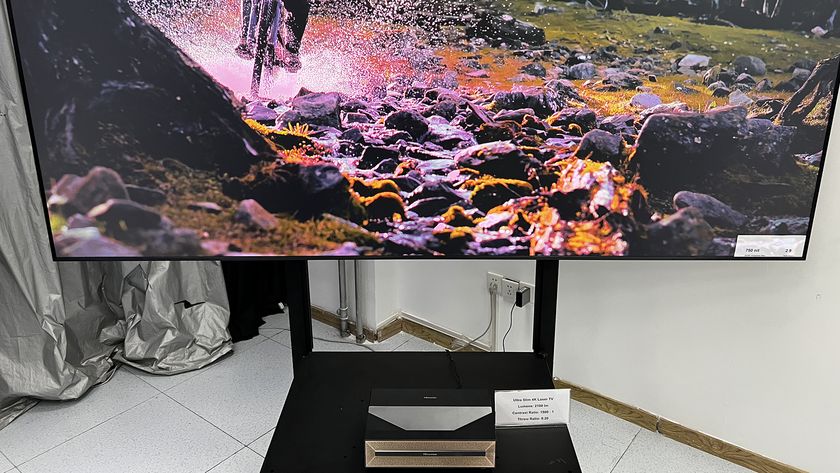
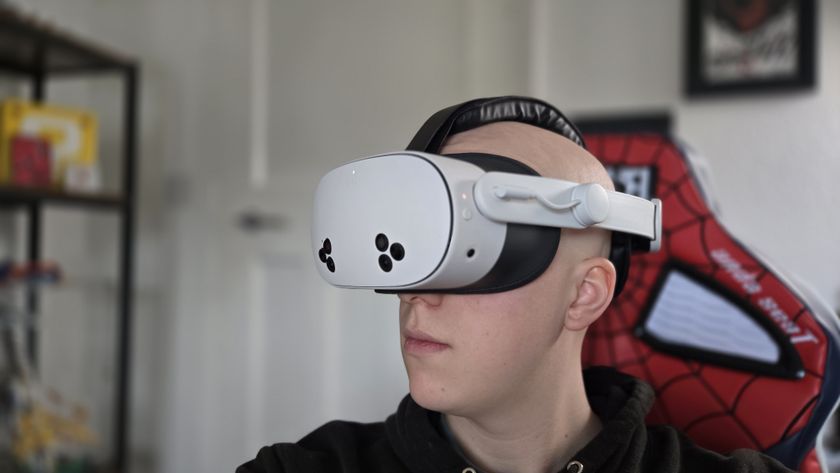
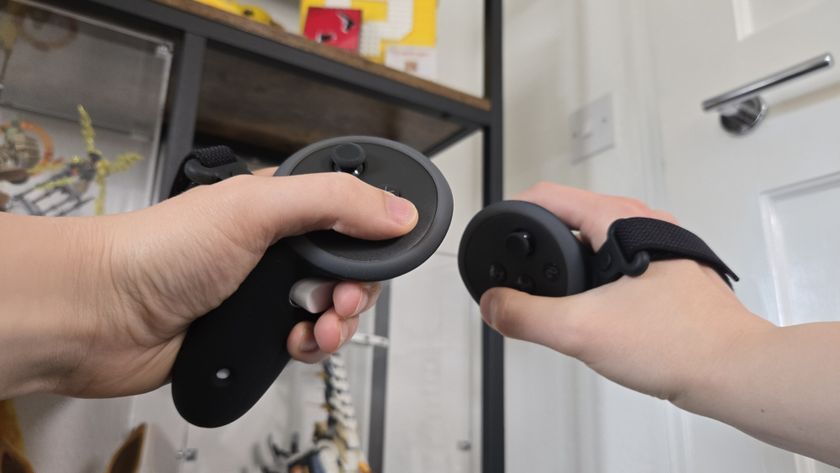
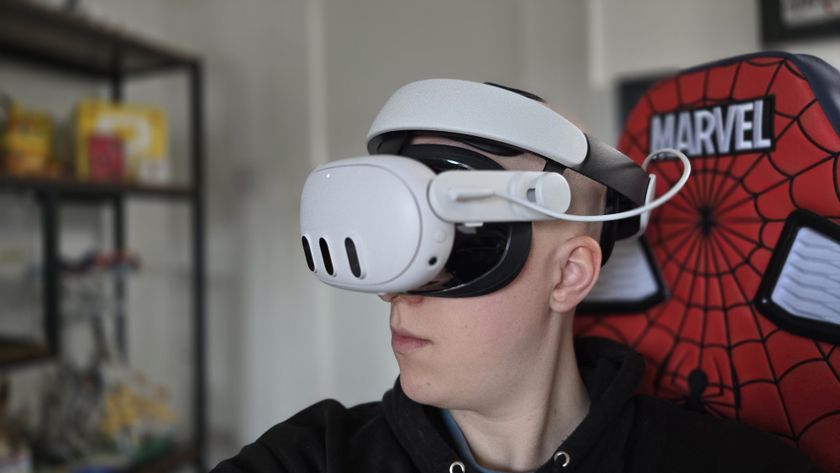
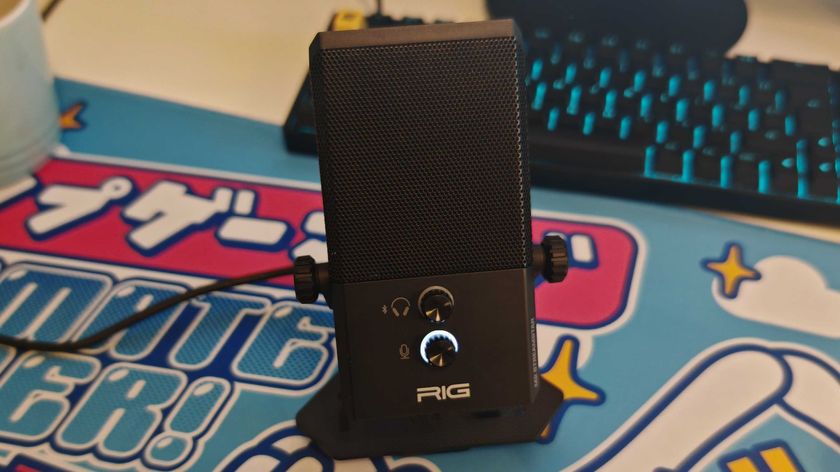
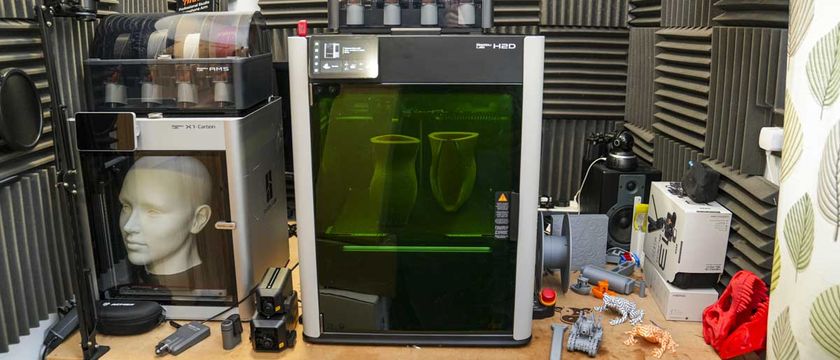
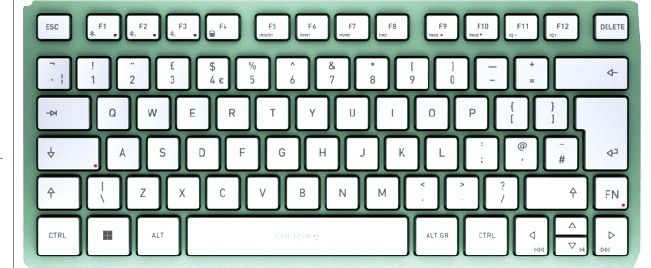
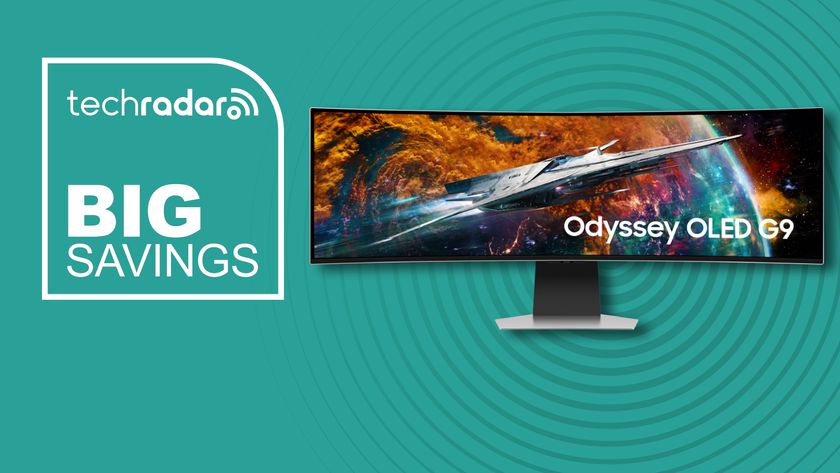
Our favorite ultrawide OLED monitor just got a massive discount for the Amazon Spring Sale - get it now before it nearly doubles in price!

Netflix's #2 most-watched show is the new madcap whodunnit The Residence –here are 3 more mysteries to stream next

Devious new Android malware uses a Microsoft tool to avoid being spotted
